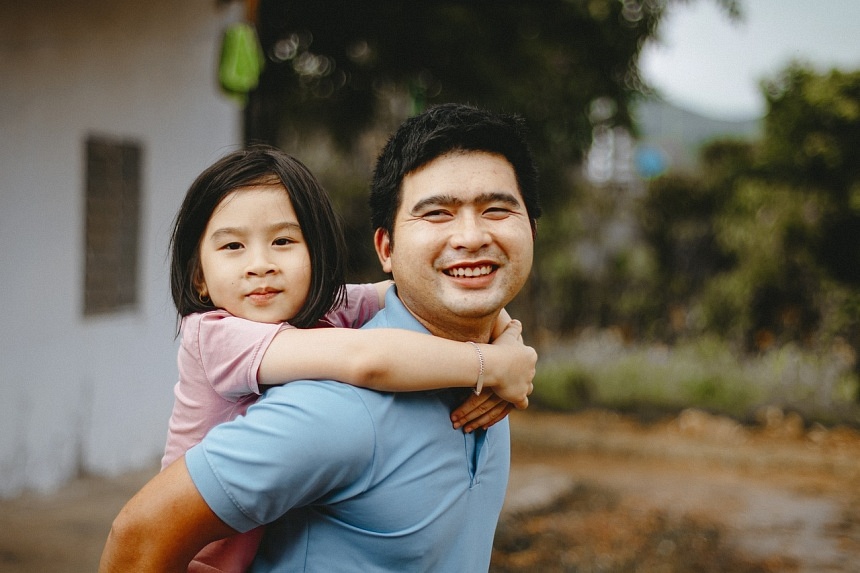
The number of those with shortened working hours during the parental leave period increased by 11.3 times from 2,000 to 23,000 over the same period.
Sep 07, 2024
SEOUL - Amid growing concerns over South Korea’s low birth rate with the government grappling to tackle the demographic crisis, statistics show that the proportion of men who took parental leave in 2023 increased by five-fold from eight years ago.
According to the country’s Ministry of Gender Equality and Family’s “Life of Men and Women through 2024 Statistics” on Sept 5, men accounted for 28 per cent of the 126,000 people accessing parental leave benefits in 2023, showing a significant improvement in the workplace culture compared to 2015, when men accounted for only 5.6 per cent of the total on parental leave.
The percentage of male workers utilising flexible working hours increased 3.6 times, from 4.7 per cent in 2015 to 17.1 per cent last year. Over the same period, women workers doing the same tripled from 4.6 per cent to 13.9 per cent.
The number of those with shortened working hours during the parental leave period also increased by 11.3 times from 2,000 to 23,000 over the same period. The percentages of women and men satisfied with the work-family culture at their workplace were 35.1 per cent and 34.9 per cent, respectively, up 11.5 percentage points and 13.6 percentage points from 2017.
The employment situation for women has also improved significantly. The employment rate for women aged between 15 and 64 was 61.4 per cent, up 5.7 percentage points from 55.7 per cent in 2015, while the employment rate for women in their early 30s increased 11.7 percentage points from 59.6 per cent to 71.3 per cent.
The number of career breaks among married women also decreased by 34.9 per cent, from 2.073 million women ending their careers due to child-rearing or giving birth, to 1.349 million.
The share of low-wage workers earning less than two-thirds of the median wage decreased to 19 per cent for women and 9.8 per cent for men, down 12.7 percentage points and 3.5 percentage points, respectively.
Meanwhile, the number of single-person households accounted for over one-third of total households nationwide, a whopping 50.5 per cent increase from 2015. The age groups with the highest proportions of single-person households are men in their 30s (21.8 per cent) and women in their 60s (18.6 per cent).
In line with the declining birth rate, the number of people getting married for the first time plummeted 37.2 per cent to 149,000 from 238,000 in 2015.
The average age in those marriages has increased as well, at 31.5 years old for women and 34 years old for men, up 1.5 and 1.4 years, respectively.
The number of people living in multicultural households - those with a non-Korean parent or spouse, the child of such a parent or a naturalised Korean citizen - also increased 34.2 per cent from 2015 to 1.19 million in 2023, with 52.5 per cent of those being female.
“We will continue to identify and promote policies that will be of practical help to the people, such as work-life balance, by carefully examining the lives of women and men,” said Shin Young-sook, deputy minister of Gender Ministry.
The ministry released the statistics to examine changes in the lives of men and women over time related to population, households, the labour market, work-life balance and social awareness. The statistics were compiled using data published by various ministries.
THE KOREA HERALD/ASIA NEWS NETWORK
No comments:
Post a Comment